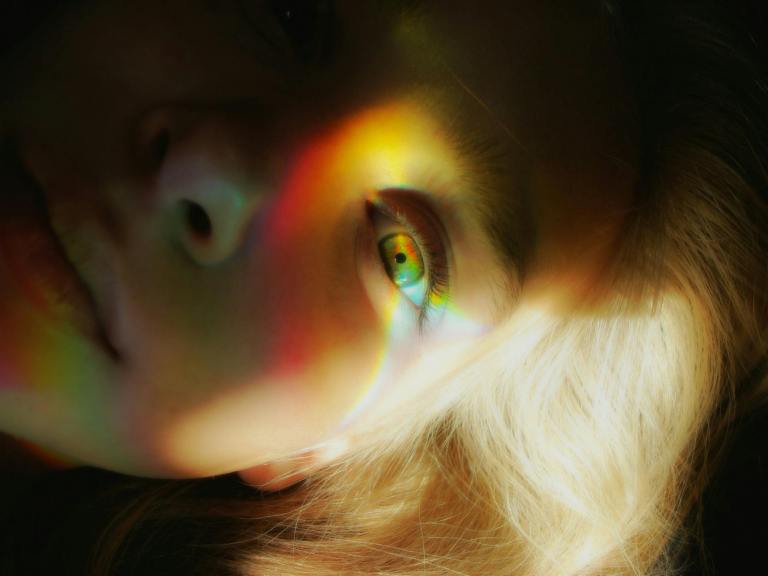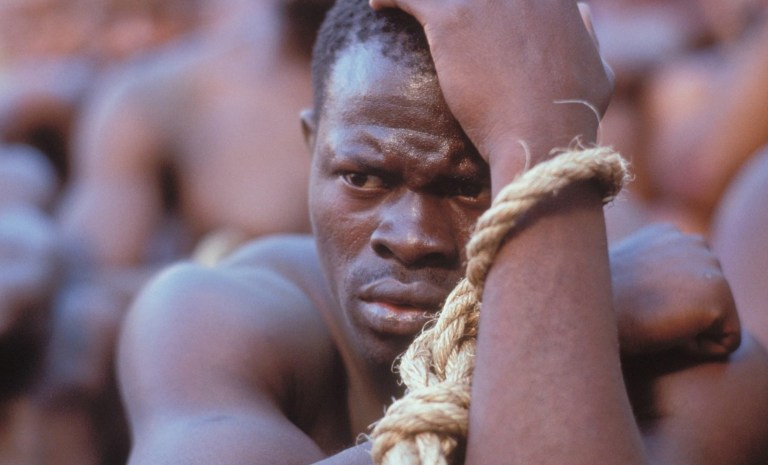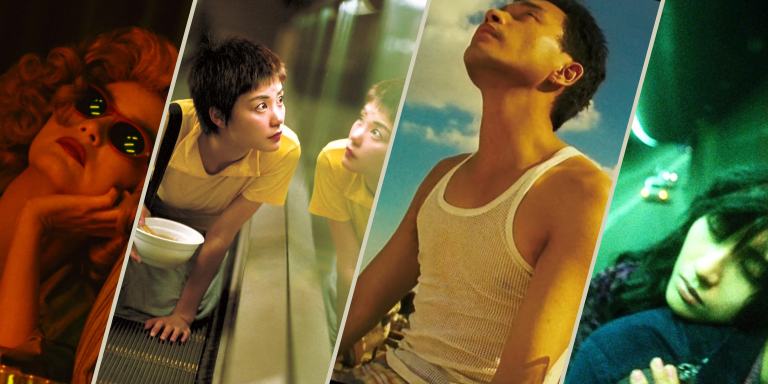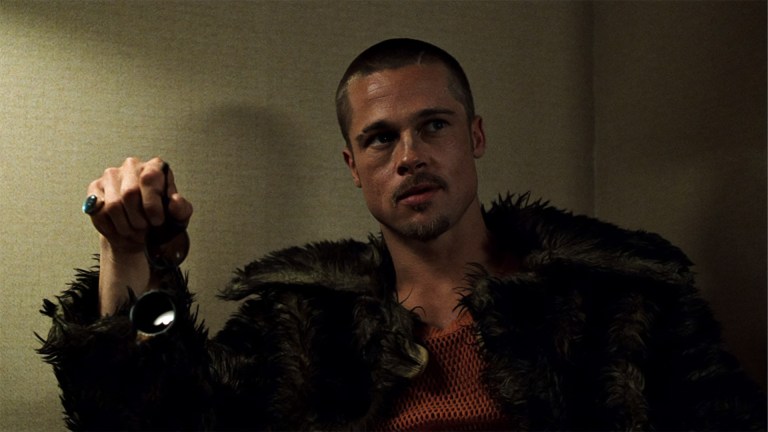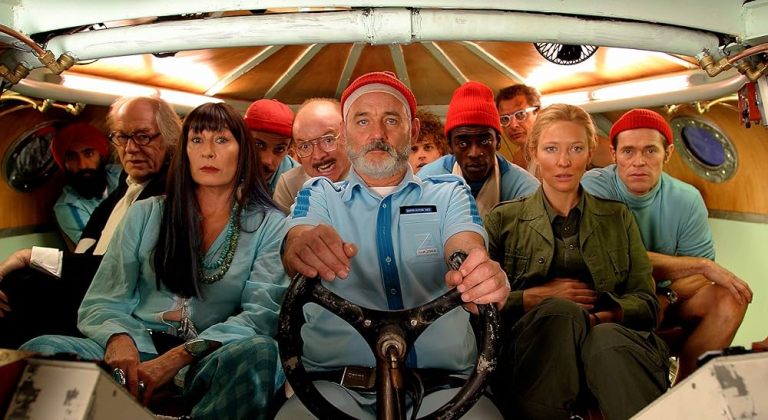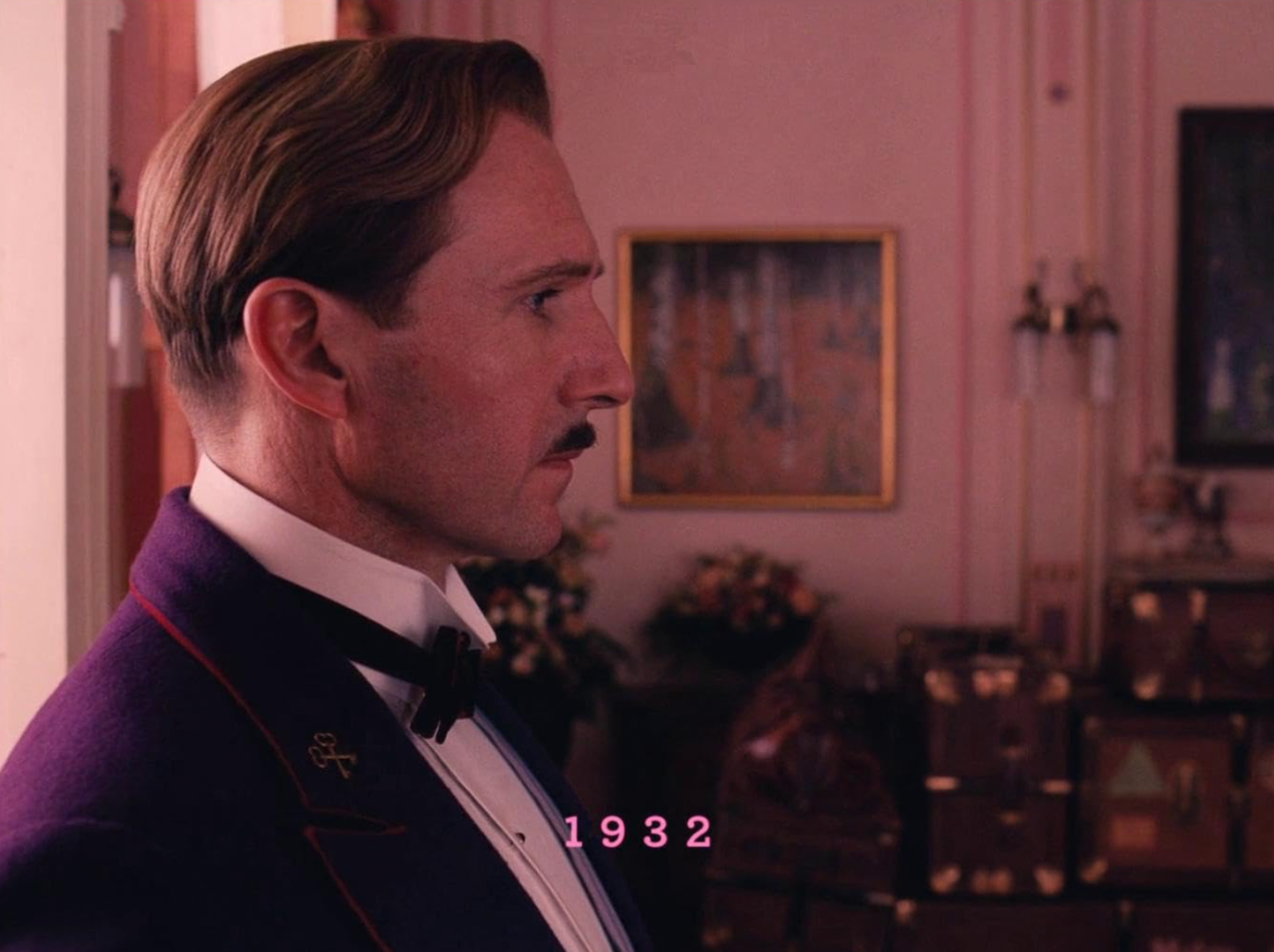
4 Amazing Examples Of Color Psychology In Movies
Color can be used as a powerful tool in filmmaking, conveying meaning and mood to enhance a movie's storytelling.
Color psychology is the study of how different colors impact our moods, feelings, and behaviors. While the field of color psychology itself is rather new, and more research is still needed, color has always been of interest when it comes to its influence on humans in the psychology space.
Color is of interest for filmmakers as well. Color can be used as a powerful tool in filmmaking, conveying meaning and mood to enhance a movie’s storytelling. Color can be employed in the movie’s overall color palette, it can be used as a plot point, and symbolically.
Symbolically speaking, different colors are often associated with different meanings such as:
- Red: Passion, love, excitement, danger
- Orange: Warmth, kindness, joy, playfulness
- Yellow: Warmth, energy, happiness, fun
- Green: Nature, wealth, technology
- Blue: Trust, dependability, sadness
- Purple: Dignity, regality
- Brown: Earthy, warm, reliability, homey
- Black: Power, strength
- White: Peace, purity, health
Read on to see four amazing examples of color psychology in movies.
Amazing Uses Of Color Psychology In Movies:
1. Amélie (2001)
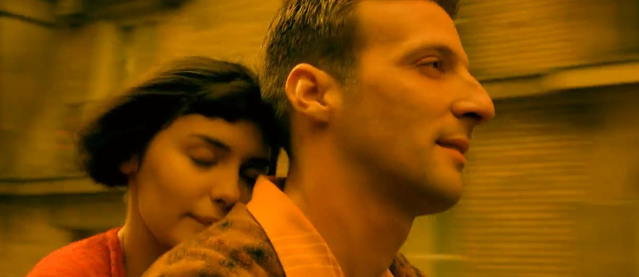
Amélie is a whimsical film that follows a young waitress in Paris, France who becomes determined to make others happy. The film uses a warm and inviting color palette of greens, reds, and yellows to convey her cheerful disposition and romantic mission.
2. Eternal Sunshine of the Spotless Mind (2004)
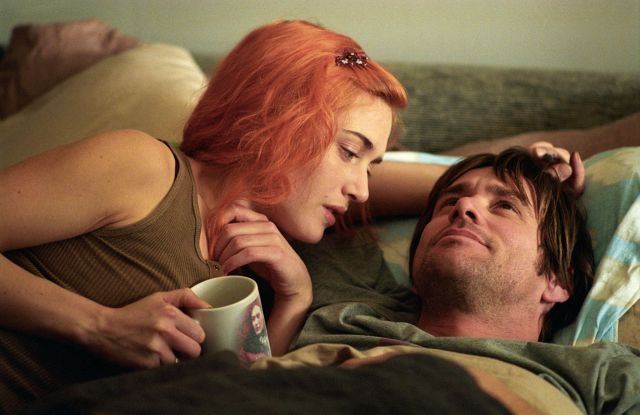
Throughout Eternal Sunshine of the Spotless Mind, Clementine (Kate Winslet) goes through various hair color changes. The shifts in hue not only represent Clementine’s impulsive, unstable demeanor but also helps with the timeline of the nonlinear story.
When Clem’s hair is red and orange, this is in the past. When her hair is blue, this is in the present, after her breakup with Joel (Jim Carrey). When Joel and Clementine first meet, her hair is green.
There’s also the symbolism within these colors themselves, as they give more clues to the state of Joel and Clementine’s relationship. Blue is linked to the devastation of heartbreak, red and orange point to the passion and toxic portions of their partnership, and green is a color of rebirth and beginnings.
3. Schindler’s List (1993)
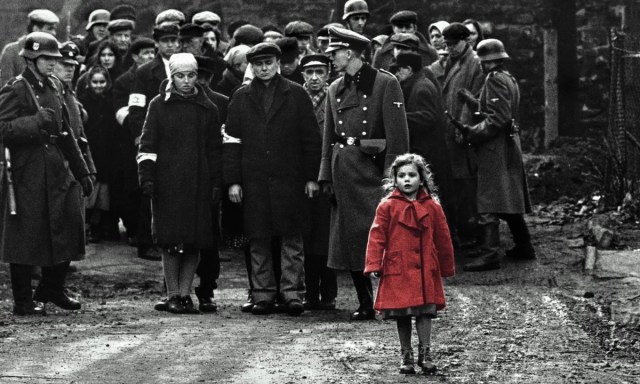
In the heart-wrenching Schindler’s List, director Steven Spielberg purposely chose to film the movie in black and white (with the exception of a few instances of color, which we’ll get to in a second).
In an interview with The Hollywood Reporter, Spielberg, despite receiving pushback from Universal Studios about using a monochrome color palette, would not back down from his stance that Schindler’s List needed to be filmed in black and white. He explained this reasoning was because of something he learned while directing The Color Purple.
“Color Purple should’ve been in black-and-white. I was accused of beautifying Color Purple because it had such a bright palette for such a dark subject,” he recalled.
The exception to the black and white film is the iconic scene of the little girl in the red coat, a symbol of innocence and individuality, and ultimately what helped inspire Oskar Schindler’s transformation.
4. The Grand Budapest Hotel
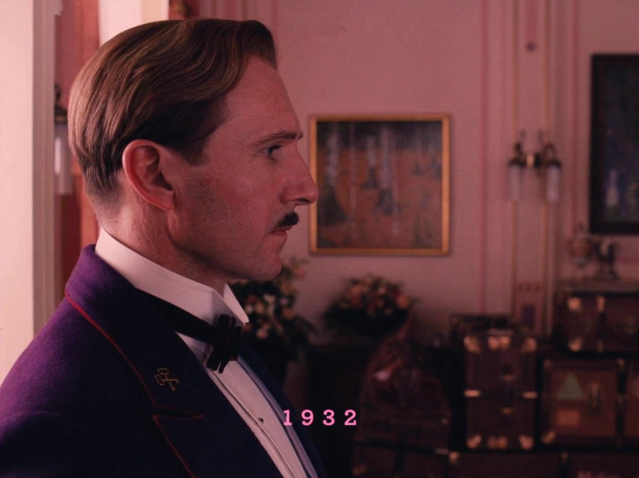
As a filmmaker, Wes Anderson is known for his employment of color for his world building. One great example of his use of color in movies is The Grand Budapest Hotel, which features various distinct color palettes throughout the movie to convey the emotions and themes of each scene and character (i.e. vibrant shades represent joy and whimsy while the darker hues communicate sadness or conflict).
